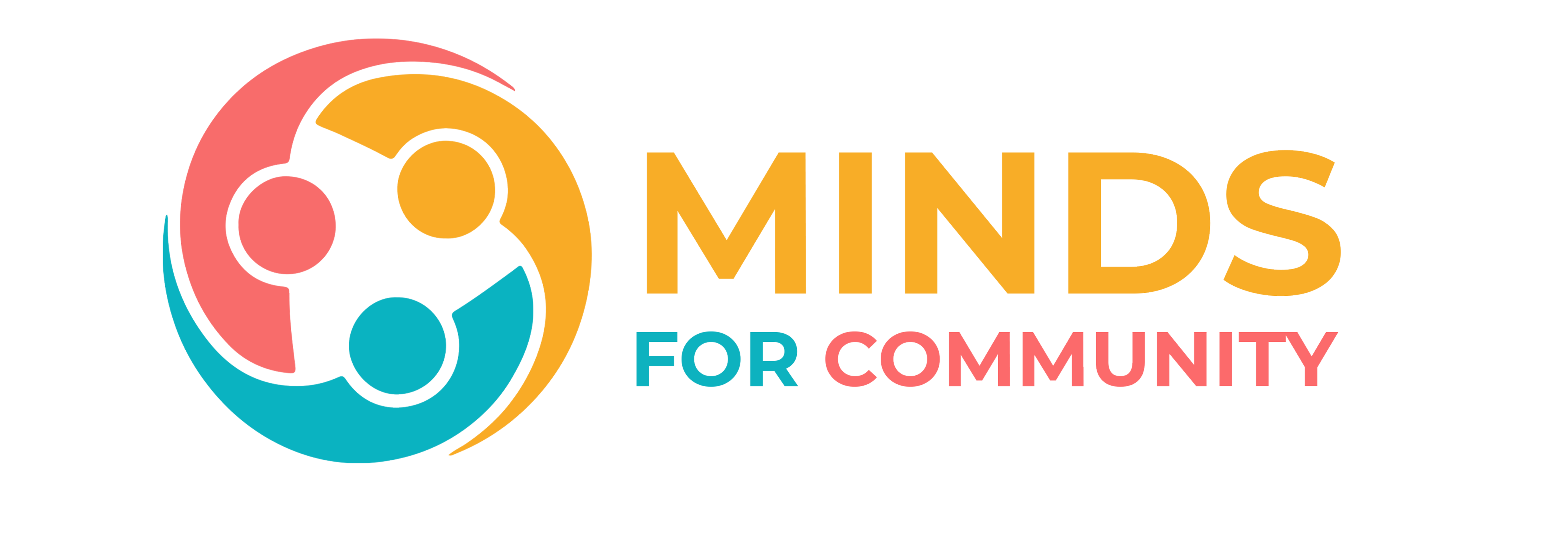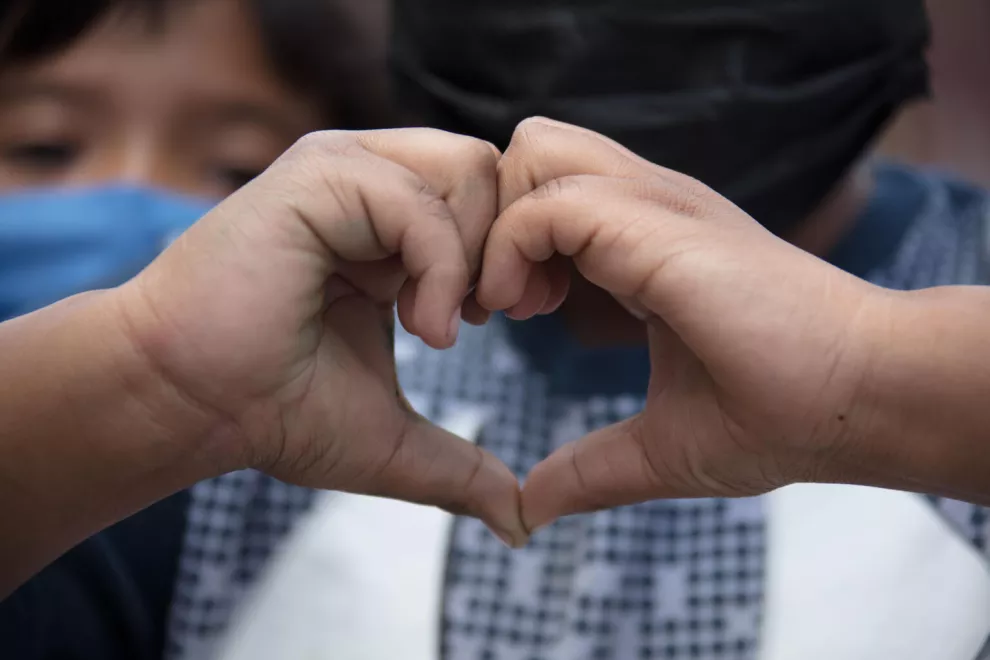Hate speech has a long history, but the growth of online communications means that it can now spread far and fast.
Whether in person or online, almost all children and young people will encounter hate speech at some time. As a parent, it’s important to talk to your child about hate speech, to help them recognize it and know what to do when they encounter it.
What is hate speech?
Hate speech can be described as any kind of communication in speech, writing or behaviour that attacks or discriminates against a person or group’s identity, such as religion, ethnicity, nationality, race, colour, descent, disability, age, gender or sexual orientation. Hate speech can also include other “identity factors”, like language, economic or social origin, or health status.
Hate speech isn’t just words. It can happen in person and online and can be expressed in many ways, including images, cartoons, games, videos, objects, gestures and symbols.
It aims to provoke an emotional response like fear, distress, isolation or intimidation in its target, to spread hatred in society, even inciting abuse and violence.
It is often aimed at historically vulnerable and marginalized groups.
How are children affected by hate speech?
Children and young people are particularly vulnerable to hate speech, both online and in person. When children hear or read hate speech aimed at them directly or a part of their identity – such as their race, colour or gender – it can make them feel like there is something different or wrong about them. This can impact their self-esteem and can lead to a deterioration of their mental health, such as experiencing feelings of anxiety and depression, even thoughts about self-harm and suicide.
Hate speech can incite violence and there are many examples where it has led to people, including children, being attacked and killed.
Hate speech vs free speech
Freedom of expression is a human right and tackling hate speech protects this right.
It’s possible to disagree with or criticize an individual or group without threatening their well-being and safety.
Hate speech limits freedom of expression as those targeted by hateful language do not feel safe expressing themselves freely.
What is trolling?
“Trolling” is when someone posts or comments online to provoke a reaction from others. Trolling aims to disrupt, get attention and cause distress.
It becomes hate speech when the actions promote hatred and discrimination against a person or group’s identity, such as their gender, race or sexual orientation.
People involved in trolling will often hide behind fake names or post anonymously making it difficult for them to be identified.
How to talk to your children about hate speech
Conversations about issues like hate, racism, sexism and xenophobia can be uncomfortable for many parents. But it is important to try to create a safe space for your child to be able to speak to you and share anything that is on their mind.
Conversations will look different for every family, but remember: You know your child best. Use age-appropriate language, be a good listener and allow space for them to share even if it is slow and not in just one conversation. Watch their reactions and be sensitive to their level of anxiety.
1. Educating your child about hate speech
Explain to your child that everyone has a right to be safe in society and treated with dignity and respect. Hate speech is always wrong and it’s on all of us to reject it.
Explore together what hate speech is, so your child can identify it, whether it happens to them or someone else. Here are some questions you can explore together:
- What do you think hate speech is?
- Who is hate speech aimed at?
- Why do you think people use hate speech?
- How does it make you feel?
- How do you think it makes the person or people targeted feel?
- How do you think the person who sends the hate speech feels?
Encourage your children to have an open attitude and honest curiosity about other people because some instances of hate speech are based on ignorance or false information.
Teaching your children about the difference between intent and impact – that what we say can hurt others even if we didn’t mean to – is an important lesson.
With younger children, you can introduce the topic by talking about fairness and about treating others as they want to be treated.
With older children, you can explore historical examples to see how hate speech has set the stage for many conflicts and human rights violations.
The United Nations’ has a collection of examples in history that show how hate speech has led to such violence.
2. Hate speech online
The Internet and social media enable us to connect with friends and family, pursue interests and be part of communities. Sadly, the same digital tools and platforms can also enable hateful content to be created easily, often anonymously, and shared widely fast. Hate speech has the potential to spread online to a global audience and can resurface over time.
As many children will encounter hate speech online, it’s important you are aware of your child’s online activities. What social media, messaging apps and games do they use? Who do they follow online?
Help your child to recognize hate speech online and know what to do if they see or experience it. Here are some questions you can discuss together:
- Have you ever come across hate speech online? How did it make you feel?
- What would you do if you see hate speech online?
- How do you think people who are targeted with hate speech online feel?
- How do you think the people who send it feel?
- Do you know how to report/mute/block on the platforms you use?
- How can we encourage respect online?
Children may not distinguish between reliable and unreliable information. They can be hurt by false information or may spread it further among their .peers
Explain that some information online isn’t accurate and can be used to harm individuals, divide society, undermine trust and incite violence.
Remind your child that there is another person on the other side of the screen and not to spread hateful or false information. What may seem harmless to one person can be deeply hurtful to others.
3. Talk openly and frequently to your children
The more you talk to your children about topics like hate speech, racism and xenophobia, the more comfortable they will be to come to you if they experience it.
Find opportunities to talk about these topics in your daily routine. For example, if something relevant comes up on TV, you could ask your child what they know about the topic and what they think about it. Listen to them without interrupting and encourage them to ask you any questions.
If your child is not familiar with the history of a certain topic, use it as an opportunity to explore it together using reliable sources.
Sometimes children (and adults) use hateful language thinking it is funny or not understanding the meaning behind it. If this happens with your child, use it as an opportunity to explain why their words are inappropriate and can be hurtful.
Ask your child who they would feel comfortable talking to at school if they experienced hate speech. It is important for your child to have other trusted adults they can talk to if needed.
4. Stand against hate speech
Remember that you are the example that your child follows and be mindful of your own words and actions, including online. Take every opportunity to reject hate speech and stand up for every person’s right to be treated with dignity and respect.
Explain to your child that if we witness hate speech, we can show support to the person or people targeted and find ways to reject the hate speech. Teach your child how to respond, when safe to do so, if they hear such language. For example: “We don’t use words like that. It’s hurtful and inappropriate.”
Find out if your child’s school has a policy against hate speech. Dedicated lessons can also be a great way to teach children about hate speech and other intolerances.
5. Embrace diversity
Explain to your child that we aren’t all the same and that is a good thing. The world would be a very boring place if everyone was the same. Encouraging openness and curiosity can help children to notice differences and appreciate them. It fosters conversation, understanding and empathy with people who are different from them.
What should I do if my child experiences hate speech?
All children have the right to protection from all forms of physical or mental violence, injury or abuse.
Any incidents of hate speech need to be taken very seriously. Depending on the situation, you may need to report it to your child’s school, to the platform it happened on or to the police.
Listen and reassure
If your child has experienced hate speech, the first step is to give them time to explain what happened. Listen carefully and tell them that you are glad they came to you. Focus on making them feel heard and supported. Your child is more likely to open up to you if you stay calm about what you hear.
Be clear that hate speech is wrong and that your child should feel proud about all parts of their identity.
Hate speech at your child’s school
If the hate speech was from a student at your child’s school, record the evidence if possible and report it to the school.
Discuss with the school authorities how they will protect your child’s right to be safe, as well as what consequences there will be for the sender of the hate speech. Discipline should always be immediate, non-violent and focused on correcting the behaviour and rehabilitation (not humiliation or punishment).
If your child’s school has a counselor, talk to them about your child’s experience to determine how best to support your child.
Hate speech from someone outside your child’s school
If the hate speech is from someone outside your child’s school, document any evidence and consider reporting it to the police. Don’t hesitate to speak to the police if you have any concerns for your child’s safety.






